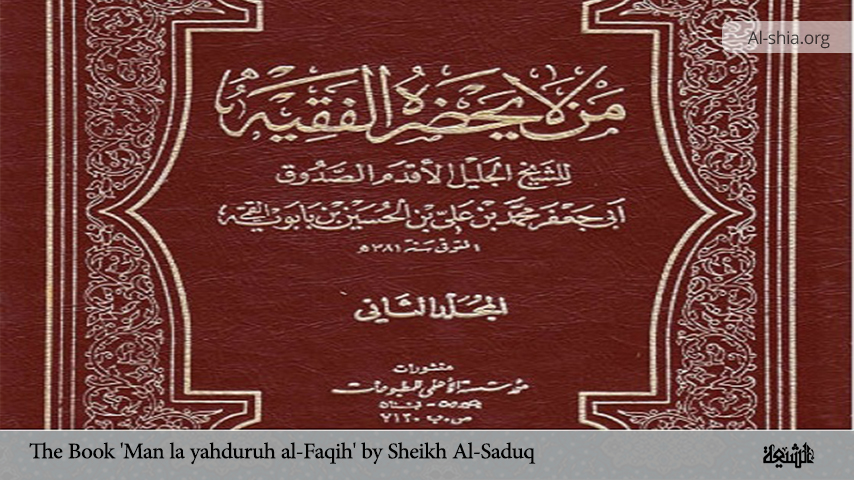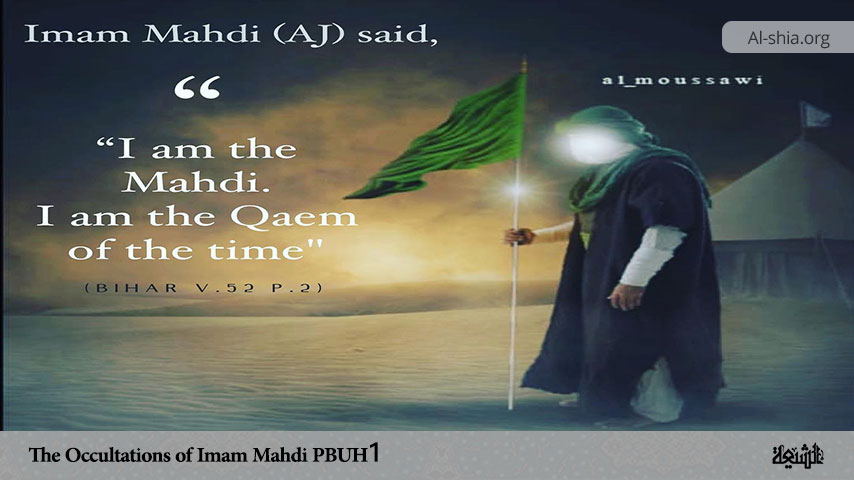The Invasion of Sawiq [Ghazwa al-Sawīq] holds a significant place in early Islamic history, reflecting the tensions and hostilities between the nascent Muslim community in Medina and the Quraysh tribe of Mecca. Occurring in the second year after the Hijra (migration of Prophet Muhammad and his followers from Mecca to Medina), this event is one of several early confrontations that helped shape the dynamics of the Muslim-Quraysh conflict.
This article delves into the reason for naming, causes, course, and consequences of the Invasion of Sawiq, examining the motivations of both the Muslims and the Quraysh, the tactical developments during the confrontation, and its broader implications for the early Islamic state. By exploring these facets, we aim to provide a detailed understanding of this pivotal event and its enduring legacy in Islamic history.
Reason for Naming
The term “Sawiq” refers to flour made of sautéed wheat or barley mixed with either water, honey or oil[1]. It is a type of simple, nourishing food made from ground barley or wheat that is often roasted and then mixed with water or milk to create a porridge It was a staple in the diet of the Arabian people due to its ease of preparation and its ability to provide sustenance during long journeys.
The invasion became known as the “Invasion of Sawiq” because of the prominent role that the discarded food played in the pursuit and the memory of the raid. Abu Sufyan ordered his men to discard most of the provisions, including their stocks of Sawiq, in order to make their loads lighter and escape at a higher speed[2]. The term encapsulated the raid’s unique characteristics and served as a historical marker, distinguishing it from other confrontations between the Muslims and the Quraysh.
Prelude to the Invasion of Sawiq
After the defeat of the Quraysh at the Battle of Badr, Abu Sufyan, one of the most influential leaders of the Quraysh, was determined to avenge this loss and regain the prestige and power of the Quraysh[3]. His leadership and resolve were pivotal in the planning and execution of raids against the Muslim community in Medina. The Invasion of Sawiq was one such raid, intended to intimidate the Muslims and undermine their growing strength.
Causes of the Invasion
The Invasion of Sawiq was primarily driven by the ongoing conflict and animosity between the Quraysh tribe of Mecca and the burgeoning Muslim community in Medina. Several key factors contributed to the escalation that led to this specific raid:
1. Revenge for the Battle of Badr: The Battle of Badr, fought in 624 CE, was a significant defeat for the Quraysh, resulting in the loss of many prominent Meccan leaders and warriors. This defeat was not only a military setback but also a severe blow to the prestige and morale of the Quraysh. Abu Sufyan, a key leader of the Quraysh, sought to avenge this humiliation and restore the honour of his tribe. The Invasion of Sawiq was part of this broader strategy of retaliation.
2. Strategic Pressure: By attacking Medina, the Quraysh intended to apply strategic pressure on the Muslim community. The goal was to keep the Muslims on the defensive, preventing them from consolidating their power and planning further offensive actions. By staging raids such as the Invasion of Sawiq, the Quraysh hoped to destabilize the Muslim community and undermine their growing influence in the region.
3. Psychological Warfare: Beyond the immediate military objective, the Quraysh sought to engage in psychological warfare. The raid was designed to intimidate the Muslim community, instil fear, and erode their confidence. Abu Sufyan intended to demonstrate that the Quraysh were still a formidable force capable of launching attacks even after their defeat at Badr.
4. Tribal Alliances and Rivalries: The complex network of tribal alliances and rivalries also played a role in the causes of the invasion. Various tribes were observing the unfolding conflict between the Muslims and the Quraysh, and their allegiances could be influenced by displays of strength or weakness. The Quraysh aimed to show their allies and rivals that they remained powerful and resolute, capable of taking decisive action against their enemies.
5. Religious Motivation: For the Quraysh, the conflict with the Muslims was not just a matter of political and economic rivalry but also a religious one. The rise of Islam challenged the polytheistic beliefs that were deeply ingrained in Meccan society and central to the Quraysh’s religious authority. By attacking the Muslims, the Quraysh sought to defend their traditional religious practices and suppress the spread of Islam.
The Course of the Invasion
The Invasion of Sawiq, which occurred in the second year after the Hijra[4] (624 CE), was marked by a series of manoeuvres and engagements that highlighted the strategic and tactical aspects of early Islamic warfare. Here is a detailed account of the course of the invasion:
1. Initial Planning and Mobilization: Following the Quraysh’s defeat at the Battle of Badr, Abu Sufyan ibn Harb was determined to avenge their losses. In response to this desire for revenge, he mobilized a small force of around 200 mounted men there and according to others, there were 40 cavalries involved[5]. Unlike a full-scale battle, this raid was intended to be a swift and surprise attack on the outskirts of Medina, aimed at causing disruption and fear among the Muslims. When Abu Sufyan and his men set out to raid the outskirts of Medina, they carried supplies of Sawiq to sustain them during the expedition. These supplies were crucial for ensuring that the raiders could maintain their energy levels while travelling swiftly and carrying out their attack.
2. The Raid on Medina: Abu Sufyan and his men approached the vicinity of Medina under the cover of darkness, targeting the farmlands and crops belonging to the Muslims. The raiders set fire to some of these fields and killed two Muslim farmers who were tending to the land[6].
3. Muslim Response: Prophet Muhammad (PBUHH), upon learning of the raid, quickly organized a response. He gathered a force of about 200 men and set out in pursuit of Abu Sufyan and his raiders. The swift mobilization of the Muslim forces was intended to intercept the Quraysh raiders before they could retreat to the safety of Mecca[7].
4. The Retreat of Abu Sufyan: Realizing that the Muslims were in hot pursuit, Abu Sufyan ordered his men to discard their supplies to expedite their escape. The Quraysh raiders abandoned bags of Sawiq (a type of barley porridge), which were later found by the pursuing Muslim force. This incident led to the raid being named the “Invasion of Sawiq.[8]”
5. Pursuit and Aftermath: The Muslim forces pursued the Quraysh raiders for several days, but Abu Sufyan and his men managed to evade capture and retreated to Mecca[9]. Although the Muslims were unable to engage the Quraysh in direct combat during this raid, the swift response by Prophet Muhammad demonstrated the readiness and resilience of the Muslim community in the face of such attacks.
The Aftermath and Consequences
The Invasion of Sawiq, while a relatively minor skirmish in terms of direct combat, had several important repercussions for the early Muslim community and their ongoing conflict with the Quraysh tribe. The aftermath and consequences of this raid highlighted the broader strategic, psychological, and political dimensions of the early Islamic struggles.
1. Psychological Impact: The quick mobilization and response by the Muslim forces demonstrated their resilience and ability to defend their community. This bolstered the morale of the Muslims and reaffirmed their confidence in Prophet Muhammad’s leadership. For the Quraysh, the need to abandon their supplies and retreat hastily was a blow to their prestige and demonstrated their vulnerability despite their aggressive stance.
2. Reinforcement of Vigilance: The raid underscored the necessity for the Muslim community to remain vigilant against potential threats. It reinforced the importance of maintaining readiness to respond to sudden attacks and highlighted the ongoing danger posed by the Quraysh.
3. Consolidation of Muslim Unity: The raid and the subsequent pursuit helped to consolidate the unity and solidarity of the Muslim community in Medina. Shared experiences of defence and retaliation against the Quraysh served to strengthen communal bonds and the collective resolve to protect their newfound home and faith.
4. Strategic Reassessment: Both the Muslims and the Quraysh likely reassessed their strategies following the raid. For the Muslims, it emphasized the effectiveness of rapid mobilization and the importance of maintaining supply lines and resources. For the Quraysh, it highlighted the limitations of their raiding tactics and the challenges of launching effective attacks against a well-prepared and determined enemy.
5. Political Ramifications: The raid had political ramifications within the broader Arabian context. The ability of the Muslim community to respond effectively to external threats likely influenced the perceptions of other tribes and groups in the region, impacting alliances and rivalries.
Conclusion
The Invasion of Sawiq, occurring in the second year after the Hijra, was a minor yet strategically significant raid in the early Islamic period. Initiated by the Quraysh under Abu Sufyan in retaliation for their defeat at the Battle of Badr, the raid aimed to disrupt the Muslim community in Medina by attacking their farmlands. However, the swift and effective response by Prophet Muhammad (PBUHH) and his forces forced the Quraysh to retreat hastily, abandoning their supplies, including bags of Sawiq, which gave the raid its name.
While the raid did not result in a significant battle, its consequences were far-reaching. It demonstrated the Muslims’ readiness and ability to defend their community, bolstered their morale, and reinforced the need for vigilance against ongoing threats. For the Quraysh, the raid underscored their vulnerability and the limitations of their raiding tactics.
The Invasion of Sawiq highlighted the broader strategic and psychological dimensions of the Muslim-Quraysh conflict, contributing to the consolidation of Muslim unity and the refinement of their military tactics. This engagement, among others, played a crucial role in the early stages of the Muslim community’s struggle for survival and growth, laying the groundwork for the future expansion of Islam. In the aftermath of the Battle of Badr, the Quraysh, under the leadership of Abu Sufyan, were determined to avenge their defeat. Abu Sufyan, one of the most influential leaders of the Quraysh, orchestrated a series of raids against the Muslim community in Medina.
References
[1] . Zarqānī, Muḥammad ibn ʿAbd al-Bāqī, Sharḥ al-Zarqānī, vol. 2, p. 353.
[2] . Mohammed A Rauf, The Life and Teachings of the Prophet Muhammad, p. 74.
[3] . Mubarakpuri, Saifur Rahman, The sealed nectar: Biography of the Noble Prophet, p. 331.
[4] . Ṭabarī, Muḥammad ibn Jarīr, Tārīkh al-Umam wa l-Mulūk, vol. 2, p. 484
[5] . Ḥamawī, Yāqūt ibn ʿAbd Allāh. Muʿjam al-buldān, vol. 2, p. 65; Ṭabarī, Muḥammad ibn Jarīr, Tārīkh al-Umam wa l-Mulūk, vol. 2, p. 484; Ḥamawī.
[6] . Ibn Saʿd, al-Ṭabaqāt al-kubrā, vol. 2, p. 30.
[7] . Wāqidī, Muḥammad ibn ʿUmar, al-Maghāzī, vol. 1, p. 181.
[8] . Mohammed A. Rauf, The Life and Teachings of the Prophet Muhammad, p. 74.
[9] . Wāqidī, Muḥammad ibn ʿUmar, al-Maghāzī, vol. 1, p. 181.

















